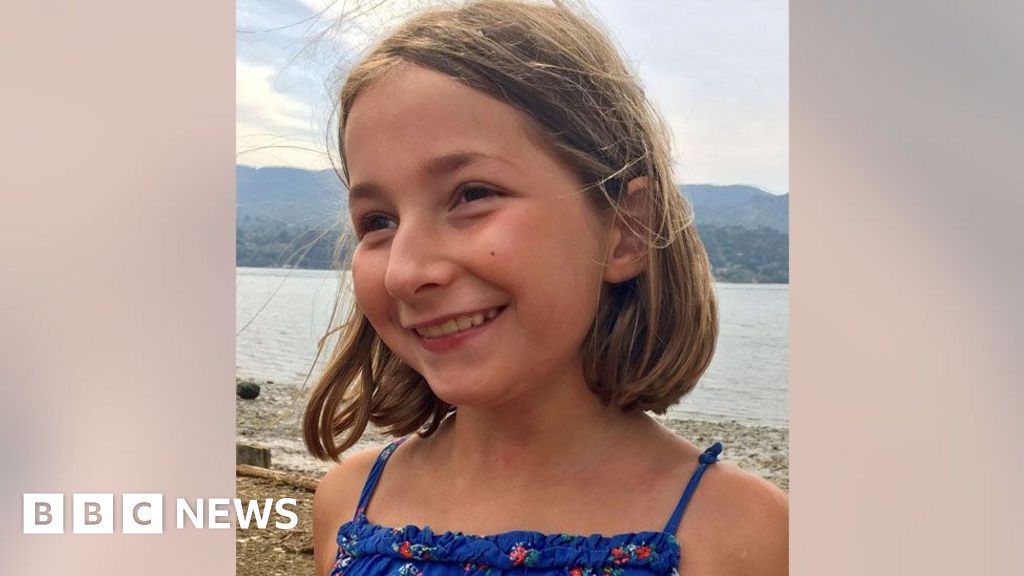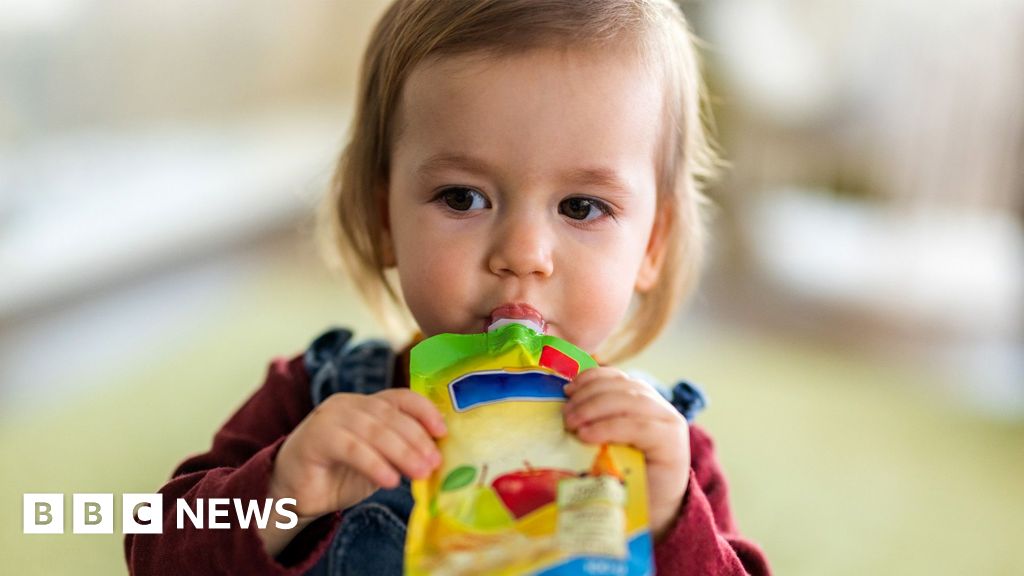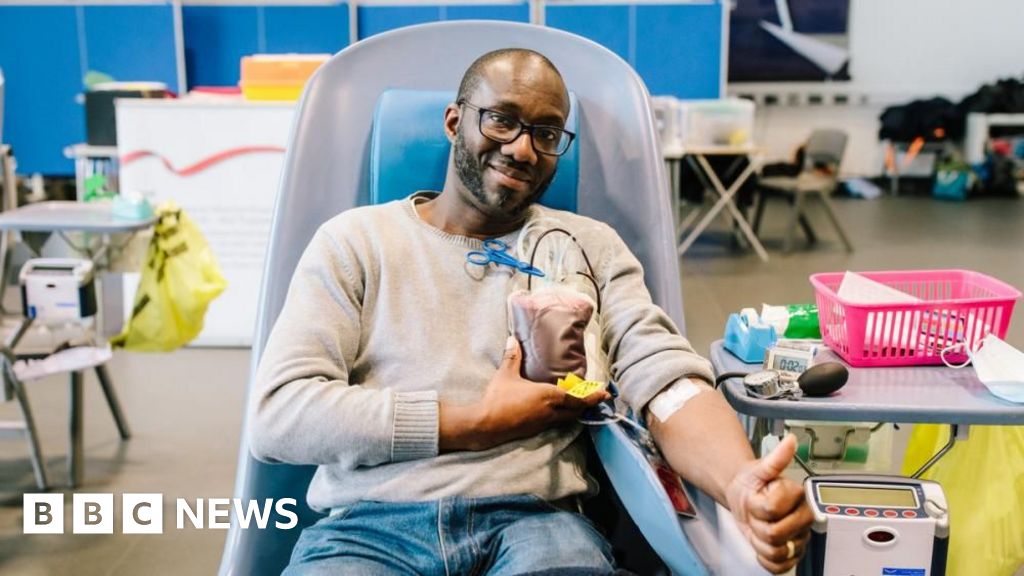ARTICLE AD BOX
By Ellie Cleverley
BBC News
Image source, Getty Images
Image caption,The respiratory syncytial virus (RSV) is a common single-RNA stranded virus that causes infected cells to fuse together
A common virus that usually causes cold-like symptoms has killed more than 100,000 children under five globally in 2019, research has found.
Respiratory syncytial virus (RSV) was particularly deadly in the very young, with 45% of those cases occurring in children under six months old.
Almost all the deaths occurred in low and middle-income countries.
Experts are calling for a vaccine to be developed and prioritised to these vulnerable groups.
A 'rebound' of cases
In a normal year, RSV is responsible for 20,000 hospital admissions in the under-ones in the UK.
It is easy to treat, but without medical intervention it can become much more serious.
Deaths due to RSV dipped during the Covid-19 pandemic as social contact was reduced.
But Professor Harish Nair, of the University of Edinburgh, who co-authored the study, said we are now seeing "a rebound" in cases as normal life resumes.
"Covid-19 restrictions are easing around the world and the majority of the young children born in the last two years have never been exposed to RSV - and therefore have no immunity against this virus."
What is RSV and how to spot it?
- Symptoms of RSV tend to appear in stages and can include breathing difficulties, coughing, irritability and a blocked or runny nose.
- For most children, it will be mild and can be treated at home with infant paracetamol or ibuprofen.
- Call the GP or seek medical advice if your child is not feeding normally, is breathing fast or has a high temperature that will not go down.
- Call 999 if you see the muscles under their ribs sucking in with each breath, your child is exhausted from trying to breathe or they are pale and sweaty.
'Optimal solution'
Dr You Li, co-author of the study, said the number of RSV cases was not a surprise, but they had not expected the deaths in the community outside hospital to be so high.
Overall, the study estimated that three-quarters of RSV deaths occurred outside hospital.
Dr Li said the high RSV death rate in low and middle-income communities was due to high population density, poor living conditions and limited access to health care.
He said: "In some resource-poor settings, for every RSV death found in a hospital, there can be as many as 13 more RSV deaths in the community. RSV immunisation in low and middle-income communities would be an optimal solution to the prevention of RSV infections."
Currently, several immunisation products and programmes are in advanced clinical development.

 3 years ago
105
3 years ago
105








 English (US) ·
English (US) ·